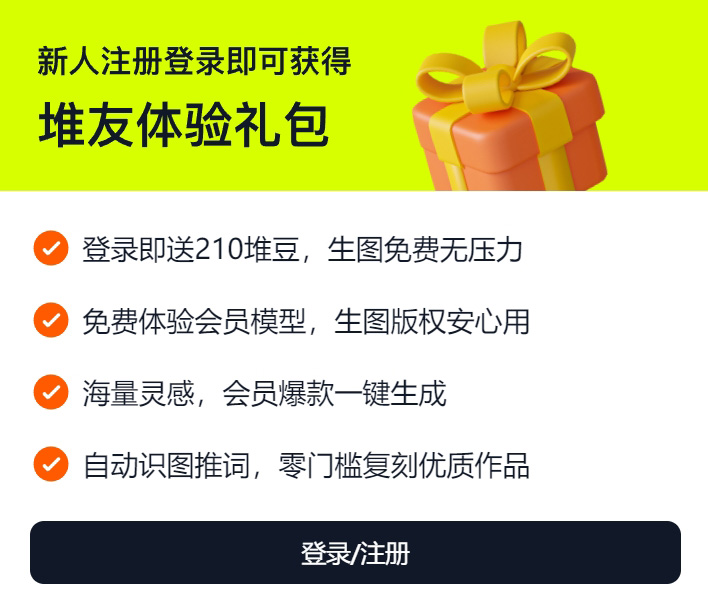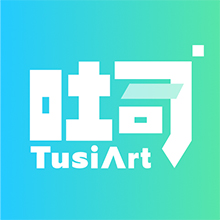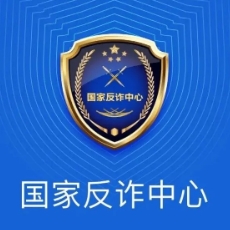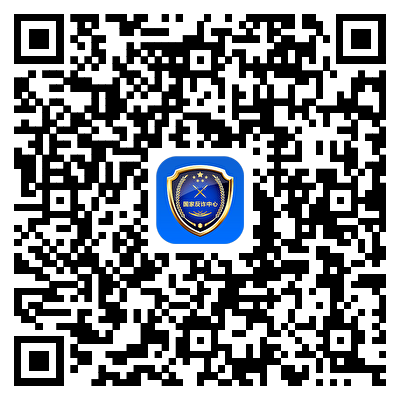Title: Efficiently Translating Paper Abstracts to English for Accurate Communication
Introduction
The process of translating paper abstracts from Chinese to English can be a daunting task, especially when accuracy and clarity are critical. As a language assistant AI model, I will provide you with valuable tips on how to effectively translate these abstracts while mAIntaining their intended meaning and style. This article will be divided into three parts: understanding the translation process, using AI-powered tools, and avoiding common pitfalls.
Part 1: Understanding the Translation Process
When translating a paper abstract from Chinese to English, it’s essential to keep in mind that the two languages have different structures and word orders. To achieve an accurate translation, follow these steps:
1. Understand the content and purpose of the paper: Before translating the abstract, carefully read and analyze the content of the paper to ensure that you fully understand its topic, methodology, and findings. This knowledge will help guide your translation process.

2. Identify key points and concepts: Break down the text into individual sentences or phrases, paying close attention to the main ideas and arguments presented in the paper. These key points will serve as the foundation for your translation.
3. Choose a translation style: Depending on the target audience and purpose of the translated abstract, select a translation approach that best suits the context. Some common styles include formal, conversational, and technical translations.
Part 2: Using AI-Powered Tools
AI-powered translation tools can significantly streamline the translation process by providing instant feedback and suggestions. Here are some popular AI tools that you can use:
1. Google Translate: Google Translate offers free and reliable translations between Chinese and English. It supports various translation styles and can be used online or via mobile apps. However, it may not be perfect for complex or technical documents.
2. Baidu Translate: Baidu Translate is another widely used AI translation tool. Its features include real-time translation, voice recognition, and text-to-image conversion. Baidu Translate can also handle various document formats and has a user-friendly interface.
3. DeepL: DeepL is a cutting-edge machine learning-based translation platform that offers high-quality translations between many languages, including Chinese and English. While it requires sign-up and subscription fees, DeepL is known for its accuracy and can produce natural-sounding translations.
Part 3: Avoiding Common Pitfalls
When translating paper abstracts, there are several potential pitfalls to avoid:
1. Cultural nuances: Be mindful of cultural differences between Chinese and English, such as idiomatic expressions, humor, or sarcasm. These nuances can cause confusion or misinterpretation in translation.
2. Technical terms: If your paper contains specialized terminology or jargon related to your field, make sure to include a glossary or explain these terms clearly in the translated abstract. Failure to do so may result in miscommunication or misunderstanding.
Conclusion

















 津公网安备12011002023007号
津公网安备12011002023007号